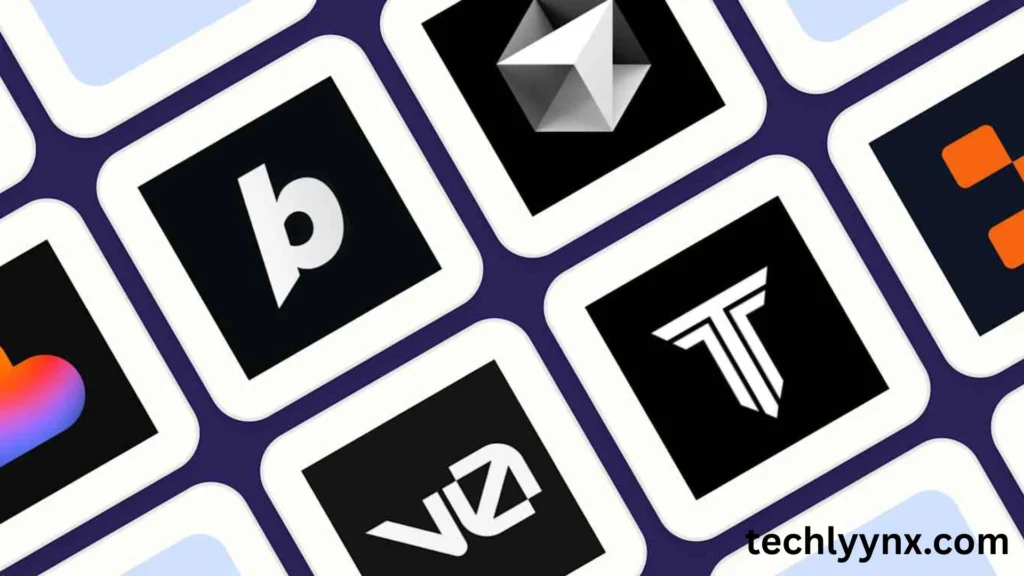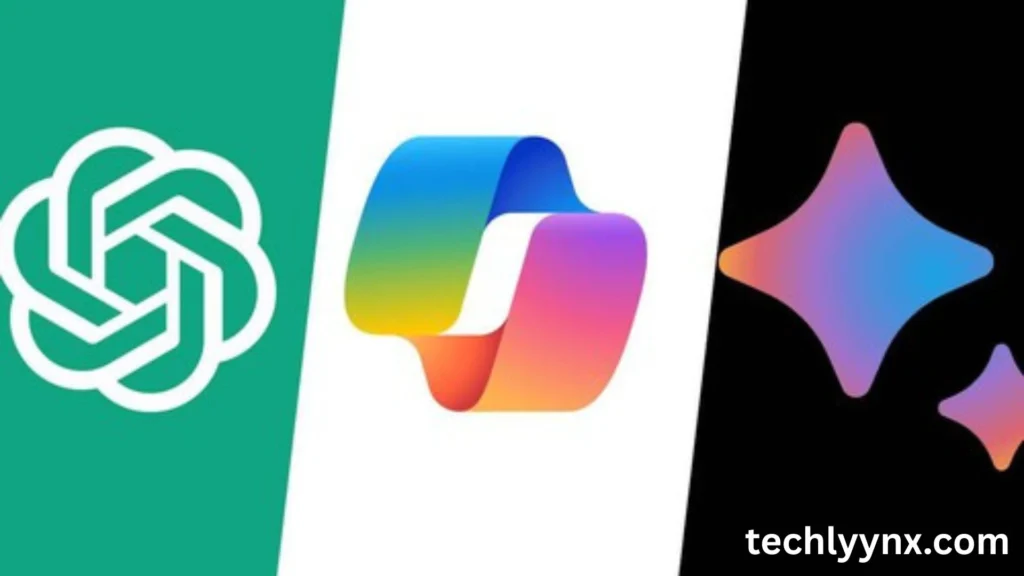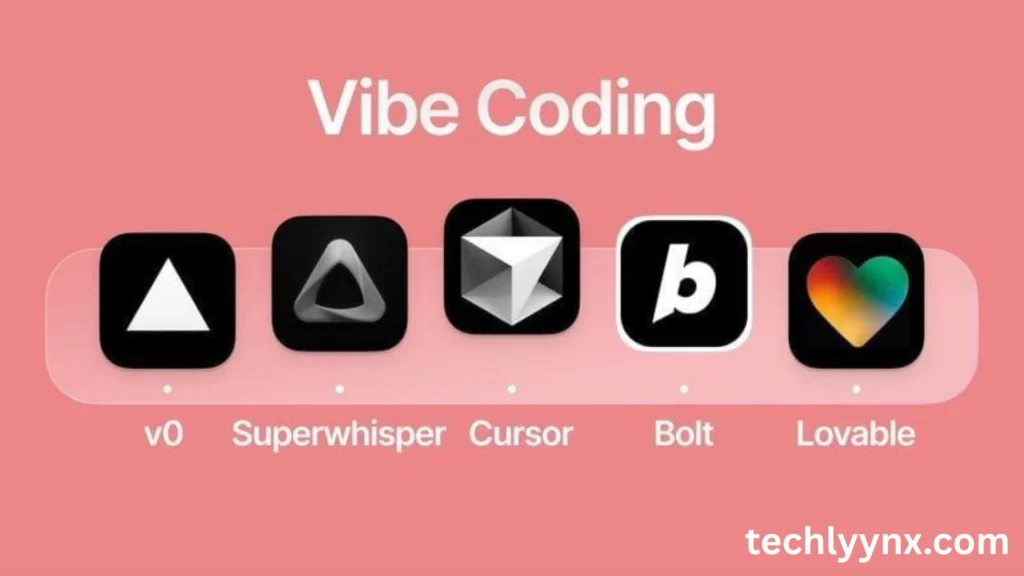Vibe coding is more than simply a fad; it’s a change in the way that programmers, developers, and even non-programmers approach software development. A compelling notion at the core of this movement is that learning to code doesn’t have to be a chore. It has the potential to be creative, intuitive, and even meditative. However, how does that actually occur? The AI tools that make this experience possible hold the key to the solution.
The correct configuration can change your experience, regardless of your level of experience—from a novice just starting out in development to a seasoned engineer investigating AI workflows. Let’s examine the AI technologies that are enabling vibe developers worldwide to produce work that is more intelligent, quicker, and fluid.
Understanding the Role of AI Tools in Vibe Coding

Ease, intuition, and automation are key components of vibe coding. Rigid environments and traditional IDEs don’t quite fit that beat. Vibe developers, on the other hand, look for AI tools that comprehend context, lower barriers, and maintain their creative flow.
These are more than just code compilation tools. As collaborators, they anticipate reasoning, fill in the blanks, and react to cues. Although AI plays a major role, it’s not simply about intelligence. The way these AI tools blend in with the coder’s goals creates the atmosphere.
These Do the Heavy Lifting

When vibe coding meets AI, you get an environment where writing a few natural language prompts can spin out a fully structured app or web feature. These AI tools aren’t limited to writing code—they explain it, refactor it, and even suggest optimizations.
- GitHub Copilot: Acting like a co-pilot in the truest sense, this AI tool finishes your sentences—literally. It predicts what you’re about to write and generates code in real-time.
- ChatGPT: It’s more than a chatbot. When used in development, it becomes a brainstorming partner, a debugger, and a documentation writer all in one.
- Replit Ghostwriter: Tailored for live-coding sessions and beginners, it combines simplicity with serious power.
- Amazon CodeWhisperer: Aimed at enterprise settings, it gives AI suggestions that are tailored to your project’s architecture.
Each of these AI tools makes vibe coding more accessible, removing the stress of syntax and replacing it with a flow of ideas.
Design and Prototyping Tools That Speak the Same Language

Vibe coding isn’t just about writing code. It’s also about expressing ideas visually and interactively—especially for web, mobile, and creative tech projects. That’s where design-friendly AI tools come into play.
- Figma AI Features: An essential for designers and developers alike, Figma’s AI enhancements allow real-time design suggestions and intuitive asset generation.
- Framer AI: Turns visual ideas into responsive components with AI-assisted coding and layout logic.
- Webflow AI: Blends design and code generation, allowing you to describe your layout in plain English and get instant components.
These AI tools let developers explore ideas without getting bogged down in layers of code. It’s about creation with freedom.
AI Tools That Help You Stay in Flow
Flow state is the ultimate goal of vibe coding. When your mind isn’t preoccupied with repetitious tasks, file paths, or grammatical mistakes, you reach that point. Certain AI products are designed especially to assist you in maintaining that state.
VS Code AI Extensions: Plugins such as Codeium and GitHub Copilot turn VS Code into a haven for programmers. These extensions intelligently auto-complete and automatically tidy your codebase.
Although it isn’t a coding tool per se, Notion AI uses generative AI to help with task lists, meeting note summarization, and thinking organization.
With only one keystroke, Raycast AI Commands, a potent Mac launcher, uses AI to automate repetitive tasks and boost productivity.
Minimal context-switching is the key here. The most effective AI tools for vibe coding lower
Global Impact: It Matter More Than Ever

What makes vibe coding so appealing globally is how inclusive it feels. People from non-traditional coding backgrounds, creators, and students are stepping into software creation with confidence. And it’s all thanks to these adaptable, friendly, and smart AI tools.
In regions where traditional developer education or expensive resources are hard to access, these AI tools are lowering the barrier. A single person with a laptop and a few open-source applications can now build apps, websites, and automations that used to require full teams.
From indie developers in Europe using AI to power minimalist productivity apps, to students in Southeast Asia building entire websites via voice prompts—vibe coding is being fueled by a growing ecosystem of inclusive, intuitive AI tools.
Conclusion
Vibe coding isn’t magic—it just feels that way. A well selected collection of AI technologies that make the process more efficient, intelligent, and enjoyable is what gives rise to that sensation. These aren’t merely tools for developers. They are tools for modern software flow, technical intuition, and creative thinking.
Whether you’re working solo in a café, collaborating across time zones, or designing your first app with no formal training, the appropriate AI tools may make it feel like you’ve got superpowers.
Therefore, it might be time to relax a bit if you’re still coding the old-fashioned manner, battling the compiler, switching between tabs, and questioning syntax. Choose the AI technologies that complement your workflow. Trust the AI. And let the atmosphere take over.

